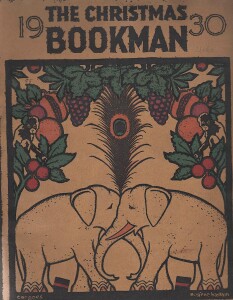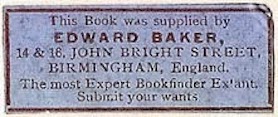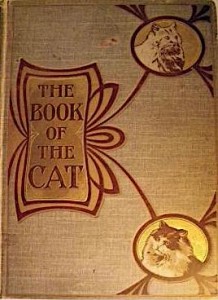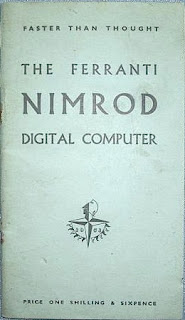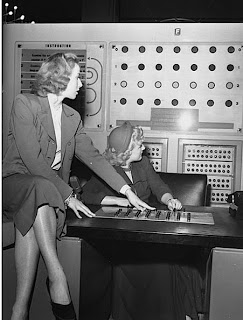
Sometimes there is disagreement among specialist book dealers concerning which books by modern authors who later achieved fame were the first to appear, as opposed to which books by authors who achieved some sort of press attention early in their career. It all depends, I suppose, how one can judge fame. In a catalogue issued by Firsts & Company of New York City around the mid eighties, and subtitled ‘ 100 First Books of Authors ‘, the authors selected are not all famous. One thing is certain, however, all the authors ( famous or not ) are arranged in alphabetical order.
1) Margaret Atwood. The Edible Woman. Toronto: McClelland and Stewart, 1969. First edition, in d.j. Small, almost invisible tear lower edge of front panel, slightest wear to jacket, else fine. $250.00 Today £152
Certainly a famous by a now celebrated writer whose novels have been televised and adapted for the silver screen. As the Ahearnes point out, she published eight titles in limited editions between 1961, when Double Persephone appeared, and 1969. The Edible Woman, therefore, is her first ‘ regular’ novel.
2) W. H Auden, Poems. London: Faber, 1930. First edition. Blue-green wrappers. Unusual fine state of this fragile book, generally seen in poor condition. With publisher’s announcement laid in. In a slipcase. $ 600.00. The Ahearnes have it at $350.00 in 1986. Today it might fetch £350.
A case in point. This is not Auden’s ‘ first’ book, but his second. The first was the legendary Poems of 1928, which was printed by Stephen Spender on a clunky machine designed to print chemist’s labels. After printing a few copies the machine broke down and Spender was forced to complete the tiny edition by running to the Oxford University Press, who duly obliged. Poems is exceedingly rare– so scarce that copies change hands at over £30,000 each, if you are lucky enough to find one.
It is puzzling to learn that Auden’s second book was ‘ fragile ‘ and ‘generally seen in poor condition ‘. Though it is true that the book was such a sensation when it appeared that many who bought a copy may have read it ‘ to death ‘, it wasn’t particularly fragile’, unlike the Poems of two years earlier. If any book of poems deserved a slipcase to protect it, this is this one.
7) Saul Bellow, Dangling Man. London: John Lehmann, 1946. First English edition, in d.j. Fine. Bixby A1b. $300.00. Today £190.
So not the true first edition , which was published in America.
9) Paul Bowles, The Sheltering Sky. London: Lehman, 1949. First edition in d.j. Slight clipping to top and bottom of jacket spine, and jacket price-clipped, else very good. $200.00
10) Charlotte, Emily and Anne Bronte, Poems by Currer, Ellis and Acton Bell. London: Smith, Elder. 1846. First edition, second issue, being the remaindered sheets of the first state issued by the new publisher, with cancelled title-page and ads for the Bronte’s books at the rear. Spine and edges darkened, chipping to head and tail of spine, else fine. $400.00 Today £2,000.
According to the Ahearnes, copies of the true first, which was published by Aylott and Jones in 1846 and valued at $7,500 in 1985, was published by Smith and Elder , using the remaindered sheets, in 1848. As Jane Eyre and Wuthering Heights had both appeared in 1847, this would explain why Smith and Elder were proud to advertise these best-selling novels in their 1848 edition of Poems. As the Aylott and Jones issue of Poems is now prohibitively expensive, even for well-heeled Bronte fanatics, most fans would be glad to have the Smith and Elder second issue.
Continue reading

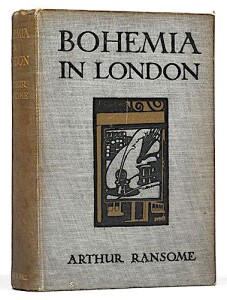 in collectable condition fetching £500 or more.
in collectable condition fetching £500 or more.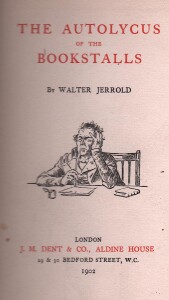 We at Jot 101 had not imagined the travel writer and biographer Walter Jerrold ( 1865 – 1929 ) to be a frequenter of second-hand bookstalls, but there he is as an unabashed collector of ‘unconsidered trifles ‘ in Autolycus of the Bookstalls (1902), a collection of articles on book-collecting that first appeared in The Pall Mall Gazette, Daily News, the New Age, and Londoner.
We at Jot 101 had not imagined the travel writer and biographer Walter Jerrold ( 1865 – 1929 ) to be a frequenter of second-hand bookstalls, but there he is as an unabashed collector of ‘unconsidered trifles ‘ in Autolycus of the Bookstalls (1902), a collection of articles on book-collecting that first appeared in The Pall Mall Gazette, Daily News, the New Age, and Londoner.